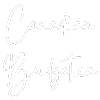Social media is awash with posts and reels claiming you can make thousands of dollars daily with “digital marketing” side hustles without having any skills or putting in any effort or time. I wanted to give a truly transparent view of what a blogging “side hustle” takes and how you can monetize your blog even as a nano influencer. As a beginner blogger with less than 10k followers – I’m referred to as a nano influencer. Through this article, I will share how bloggers make money and how much beginner bloggers make.
I want to share insights from my time building this blog to help you understand how bloggers make money, what nano influencers do, how nano influencers’ brand deals come to be, and how to earn money blogging. On top of that, how much work and effort goes into it needs to be clear. In this article, I will unveil the tools, systems and processes utilized as a blog owner and social media nano influencer and provide some transparency on what I make as a beginner blogger.
What I do as a blogger and nano influencer
Table of Contents
ToggleWriting a Blog
The blog Canadianbudget.ca is where I first started three years ago. Learning how to blog successfully has definitely been a journey. I have learned almost everything on my own through research and trial and error, and I recently met some great colleagues/mentors in the blogging and SEO space who helped me a lot.
When I first started blogging, I didn’t have a focused goal, I didn’t know how to write what people actually wanted to read or how to write to get traffic to the blog. I’ve learned so much since then, but still have a long way to go! Learning to research and write for SEO is important if you want your blog to succeed!
Over the past few months, I have ramped up my blog posting output, and the results have increased my blog traffic by over 200% in the last month. The blog is the main focus of my side hustles as a nano influencer and beginner blogger. All the other elements of related work below function to drive traffic to my blog and membership to my newsletter.
Social Media Personal Finance Nano Influencer
My main social media platform is Instagram. I built up an audience of 7,000+ by posting daily in 2022, pursuing valuable collaboration posts on important topics relevant to my target audience, and sharing Canadian content from other platforms. Social media is a great tool for driving traffic, creating leads, promoting affiliate links, and making sales. Instagram can be used to promote affiliate links or sell products. The best uses for me are in lead generation – through offering a free lead magnet to get people to register for my newsletter, affiliate link promotion and blog traffic referral.
The other social platform I utilize a lot in the promotion of my blog and to drive traffic is Pinterest. Pinterest has 465 million active monthly users and is the world’s largest visual search engine. It is a search engine and has its SEO. It can be a great driver of traffic over the long term, so prioritizing Pinterest as a part of my content process is important. Honestly, I still have not scratched the surface regarding the power of Pinterest, but it is an integral part of my process, so I will keep learning and utilizing it. I have just recently started cross-promoting on LinkedIn as well.

Selling Digital Products
Digital product sales are a big revenue driver for most content creators. I have tried Etsy, hosting products on my website, and Kit as platforms for digital product sales. I settled on Kit (Formerly Convertkit) as the best option because I can host products, capture sales, and utilize marketing automation for my email list to refer mailing list members to my products and services. I started a Kit account for free but quickly realized the paid version offered a lot of functionality, and it has paid for itself because of the ability to make sales on the platform!
One of the original drivers for my online presence was to share my budgeting templates with others. I have created additional products, all of which are hosted and sold through Kit. It does take effort to drive sales of products.
Speaking engagements
My blog started anonymous, as did my Instagram, but when I landed my first major speaking gig, which would be on video, I decided to show my face and share who I was. Speaking engagements can be a lucrative avenue to pursue if you have a topic to speak on that you have some expertise in. It also helps to raise your profile and adds valuable exposure to your platform.
Monetization Tools and Revenue Streams
Let’s discuss what you want to know – how much do beginner bloggers make, and how they make money. These are my various revenue streams and the tools I use to make money as a nano influencer.
Revenue Stream 1: Products
This year, I was proud to have achieved 3x more sales of my digital products than last year. I added a new product – my Introduction to Investing Course – which helped drive that momentum. One of my biggest challenges is feeling comfortable talking about and selling my products. Sales doesn’t come naturally to me, so this is an area I could grow over the coming years.
All of my products are hosted and delivered via Kit. Kit is an email marketing & automation platform made for creators. It allows you to host digital products and collect payments. Try Kit’s FREE plan here to see if it’s right for you!
Revenue Stream 2: Affiliate Commissions
Affiliate networks pay a small commission based on purchases or sign-ups from your specific links. My affiliate programs focus on financial products and services in Canada. I work with a few networks in addition to various one-off affiliate agreements where I refer products that I normally use.
Amazon Affiliates program also helps me monetize the blog by linking to products on Amazon, (like my favourite personal finance books) and receiving a small commission. There is no cost to the reader for clicking the link, but the commissions help run this blog!
Revenue Stream 3: Content Creation
Content creation agreements occur for both the blog and my social media. Nano influencer brand deals happen occasionally, and I am now focusing on creating more content for the blog over social media. Content could include sponsored posts and sponsored newsletters, Instagram reels, in-feed posts and stories. Depending on the arrangements, this could bring in a few hundred dollars or into the thousands, depending on the brand deal and services agreed upon.
Revenue Stream 4: Speaking Engagements
I did some speaking engagements in 2022, but did not take on any speaking engagements in 2023. As a speaker starting at the nano influencer size, you may or may not want to take unpaid gigs to build up your brand awareness and work portfolio. Sometimes, you may partake in revenue share based on ticket sales at your speaking event or be paid a small honorarium.
However, once you have a well-established brand and have demonstrated your value and expertise, you can get paid up to a few thousand dollars for speaking engagements.
Revenue Stream 5: Ad revenue
I turned off my website ads halfway through this year because my traffic was very low then, and ad revenue was not my focus. I was only utilizing Google Adsense, which is not known to be very good or profitable for bloggers. I am testing it out again now, but my goal is once I reach the traffic numbers needed to qualify for an ad network like Mediavine, which, the last I checked, was around 30k views a month for several months consistently, I may try to qualify with them.

My Content Creation Process as a Beginner Blogger and Nano Influencer
Content Creation Process
Having a process is a really important part of content creation. Creating social media or blog content typically follows a process or plan to ensure I hit all the aspects I want to cover. I’ll share a bit about my blogging process below. I’ve turned this process into a Notion kanban board to help me track the progress from ideas to creation – I also have a much smaller version done with Post-it notes on the wall next to my desk.
How I Create Blog Content as a Beginner Blogger and Nano Influencer
- Brain dump ideas
- Keyword research & selection
- Similar article research – how can I make a better article than what is out there
- Write outline and headings
- Write and format for SEO
- Edit & review
- Create imagery for the post as well as Pinterest and Instagram promo graphics.
- Publish
- Promote – LinkedIn, Instagram, Pinterest, mailing list.
Tools and Software for Beginner Bloggers & Nano Influencers
You can’t run a business without tools and systems that help facilitate your work. I have a tech stack that facilitates my content creation process. These tools, systems, products or services are pivotal in creating my work as a beginner blogger: some are paid, and some are free. Most of these links are not affiliate links and offer a free version to use.
- Canva – I use the paid version, but you can use the free version, and it still provides a lot of functionality.
- WordPress.org – Don’t make the mistake that I did of starting on wordpress.com – WordPress.org is the one you want. Trust me.
- Melo – A fantastic Canadian web hosting option. Melo is a local GTA Company with outstanding service. I highly recommend them for any web hosting and blogging support. They have been able to help me troubleshoot issues with my WordPress as well when they occur, which is priceless!
- Notion – I use Notion as my digital progress tracker and writing idea board.
- Google Workspace – I write all my first drafts in Google Docs; I have my business email running through Google Workspace to reduce Spam scores and increase deliverability.
- Chat GPT – Chat GPT can help you flesh out ideas and outlines.
- Uber Suggest – keyword research and keyword analytics for my site
- Answer The Public – keyword research.
- Google Trends – trending topics research
- Rankmath SEO Plugin – SEO plugin for WordPress
- Linkwhisper – This WordPress plugin helps you set up internal linkages among your posts.
- Tailwind – helps to automate pinning and assists in collaboration with other pinners on group boards for greater reach. Use For FREE & get 50 free bonus Ghostwriter AI credits when you upgrade to a paid plan!
- Kit – Email Marketing/Automation platform for Creators – Try their FREE plan
- Fiverr – When I run into a challenge I can’t overcome or don’t have the time to sort it out for myself, I often turn to Fiverr for help.
Content Management and Scheduling Systems
Once you decide on your content creation process, you can batch or parse the work as your time allows. Utilizing tools to help you schedule your content to be released later is great. You may not be available to be online at the optimal time for your content to reach your audience, so utilizing tools to facilitate scheduled posting can help.
One of the reasons I went with Canva Pro is that they provide content scheduling tools for Instagram and interest. Once I create my designs in Canva for my pins and Instagram posts, I can schedule them to be sent out automatically at a selected date and time.
The other scheduling tool I use is specifically for Pinterest: it’s called Tailwind. Tailwind allows you to create and schedule your pins and join communities where your pins can be seen by others and reshared! Pinterest is a big traffic driver, so I have a paid subscription to Tailwind to help facilitate my Pinterest activity.

Analytics and Performance Tracking Tools
Now that I’ve decided to take my blog a lot more seriously, tracking the performance of my posts and website traffic are important metrics that tell me how my content is doing.
I utilize Google Analytics for my blog to track month-over-month traffic performance. Google Search Console tells me what Keywords I rank for and how my organic search traffic trends over time. Ubersuggest is the SEO tool I use to help me with keyword research and analyzing my website for SEO. It also helps me track a keyword list to see where I am ranking for those keywords. Uber Suggest also has an AI Writer tool to help you create outlines for the keywords you have found. I use these as a starting point for my articles to kickstart the writing process.
Rankmath is the WordPress Plugin I use for SEO writing within my blog. Many WordPress users use Yoast as their SEO Plugin, but I had strong recommendations for Rankmath from SEO experts and I much prefer it over Yoast. You can use the free version of Rankmath to help you improve the SEO quality of your blog posts.
I also check my Domain Authority each month to see my progression. My goal for 2024 is to reach a DA of 25. I started with a score of 1.9 last October, and as of January 2024, I have reached DA10. The Moz Website can help you track the Domain Authority of your blog.
Effort & Time Requirements for Growing a Blog
What I want to drive home is that a blogging side hustle takes time! Touting blogging as passive income is not accurate. How much time you spend on it depends on your goals and availability. I have a full-time job and a toddler. I am married, but my husband works full-time and is in school part-time, so more childcare responsibility now falls on me.
When do I squeeze in time to work on the blog? Typically, I drop my daughter off at daycare an hour before I begin work, so I start my day with 1 hour of work on the blog. Most of my lunch hours are also spent working on the blog – then at night and on weekends after my daughter is asleep, I might get another hour. On top of my other responsibilities, I spend anywhere from 5 – 25 hours a week working on this side hustle. If you plan to start a blog, you can spend less or more time as your schedule and goals dictate.
As a blogger or nano influencer, you need to find a pace of work that suits your lifestyle, availability, and goals. Then, work within that pace to create and publish your content on a schedule.
What I made as a nano influencer and beginner blogger in 2023
My minimum goal for my business is to break even for the first few years because I want to invest most of my earnings into growing the business. So, if you were curious how much beginner bloggers make – here is my breakdown of 2023. Remember, this was a very part-time endeavour over the past year and I only really started giving a sustained effort from October 2023.
Revenue: $4,821
Expenses:$4,009
Profit: $812
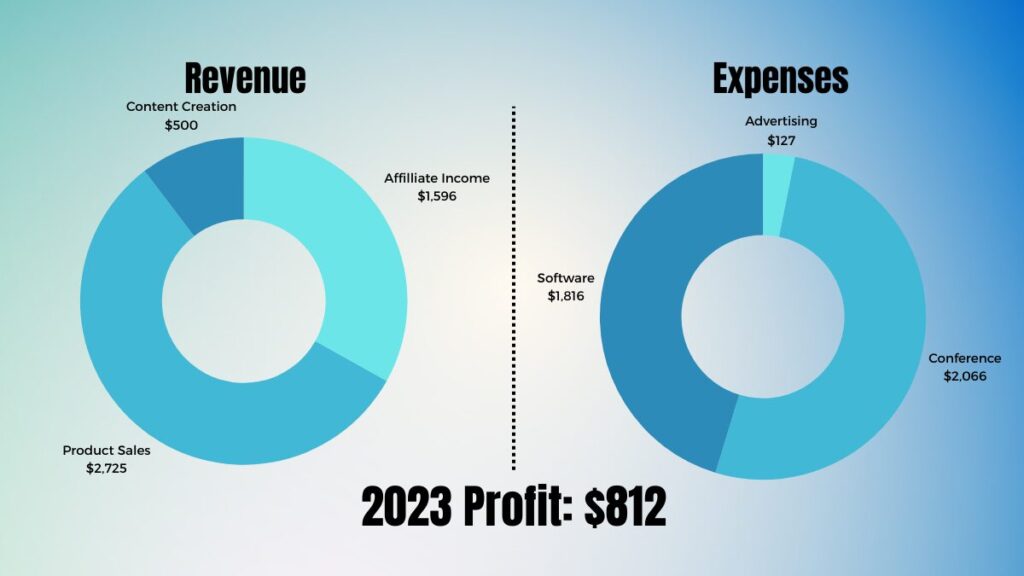
Conclusion
I am constantly learning, and most of my revenue goes back into my business to continue to improve it. As a solopreneur – I have tried to learn to do everything myself where possible, but there comes a moment when you realize you cannot do everything and should hire help when possible. That’s why I rely on these tools and systems to help me run my business as a beginner blogger.
I hope this has given you insights into what a blogging side hustle takes and what you can make from it. So far, these tools and systems have worked for me in running this business.
Blogging as a beginner or nano influence can make you money. How much money depends on how much time you spend building your business. This transparent view into the life of a nano influencer/blogger was intended to give a realistic picture of blogging as a side hustle.
Before October 2023, I wasn’t putting much effort into this blog. I’m growing this business with the limited time available to me. Since October 2023, I attended a conference which really ignited a fire under me.
I have really increased my focus and efforts on the blog and I can see the potential now that I have figured out how to use these tools to support my process. I am already halfway to passing my 2023 revenue, and it’s only January!
I hope you can see how these tools might aid you if you are trying to start blogging as a side hustle. If this article has been helpful for you, I’d love it if you would pin it, or share it with a friend.
Read more on the blog...
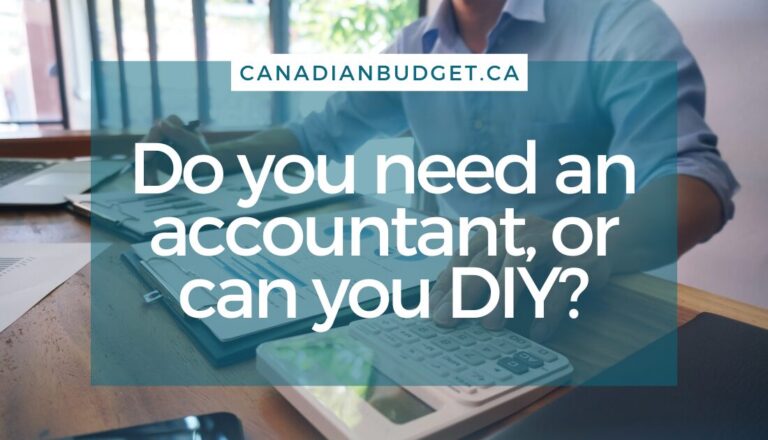
Do You Need an Accountant…
Guest Post by Karan Sachdeva of MultiTaxServices Doing taxes in Canada Money management often feels like one of those “I’ll...
Read More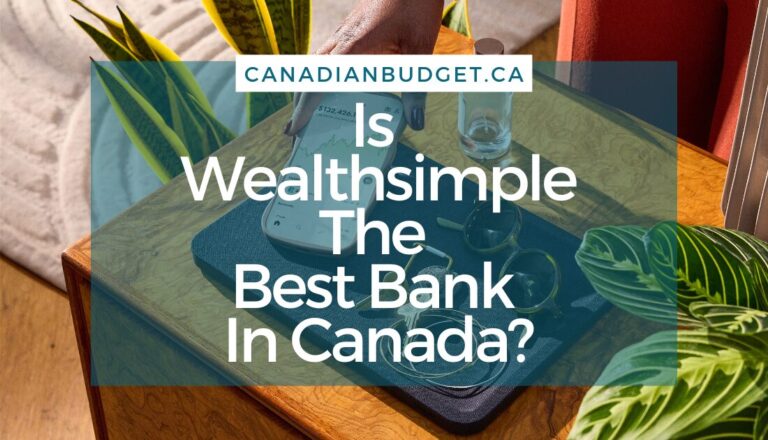
Why Wealthsimple Could Be the…
Wealthsimple Banking Review 2025: Best No-Fee Bank in Canada
Read More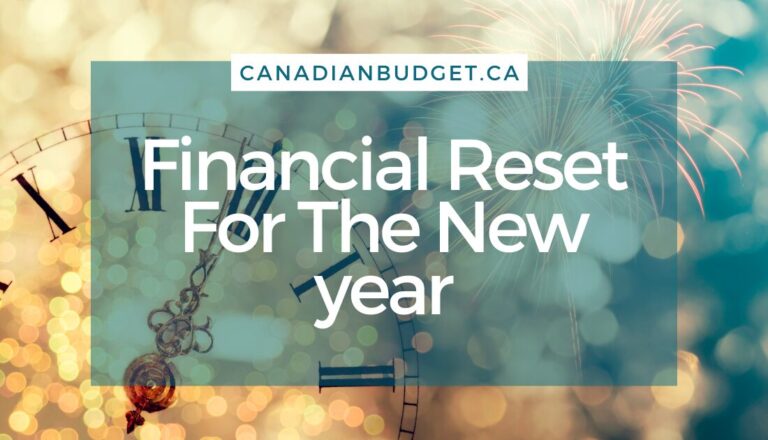
Financial Reset For The New…
How to Do a Financial Reset for the New YearAs the new year begins, it's the perfect time to take...
Read More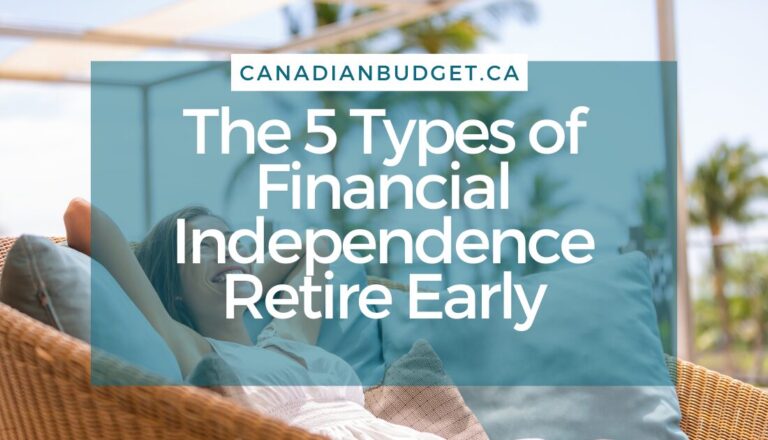
The 5 Types of Financial…
Starting your journey towards Financial Independence Retire Early (FI/RE) in Canada opens up possibilities for those eager to take control...
Read More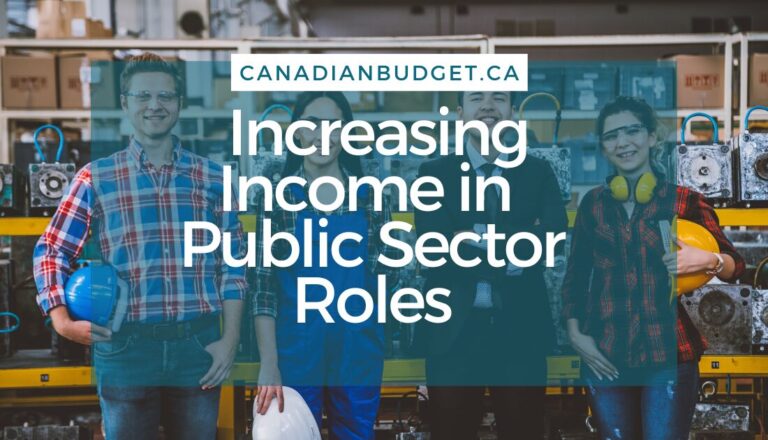
In a Public Sector role?…
Public sector roles, including those in schools and hospitals, make up approximately 21% of employment in Canada. That includes teachers...
Read More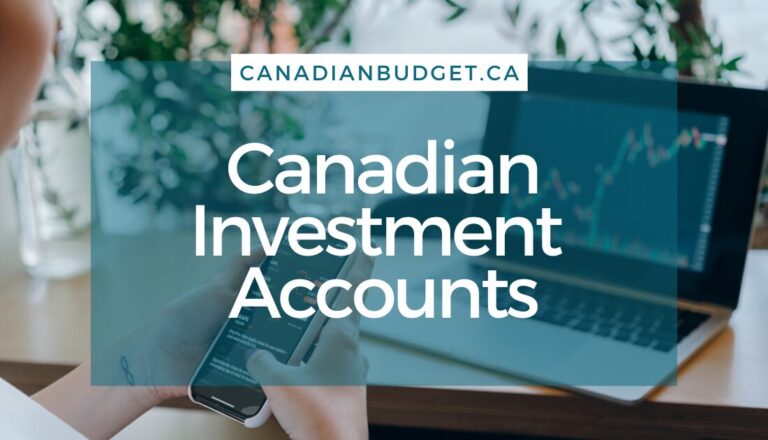
8 Canadian Investment Accounts To…
If you are new to investing, you might be wondering what the Canadian investment accounts are available, and which is...
Read More
What Are Canadian Real Estate…
Canadian Real Estate Investment Trusts: What They Are and Should You Invest? Canadians have heard owning property was the path...
Read More
6 Ways Fixing Credit Scores…
Struggling with debt can significantly impact your financial well-being, especially if your credit score suffers. Fixing credit scores is important...
Read More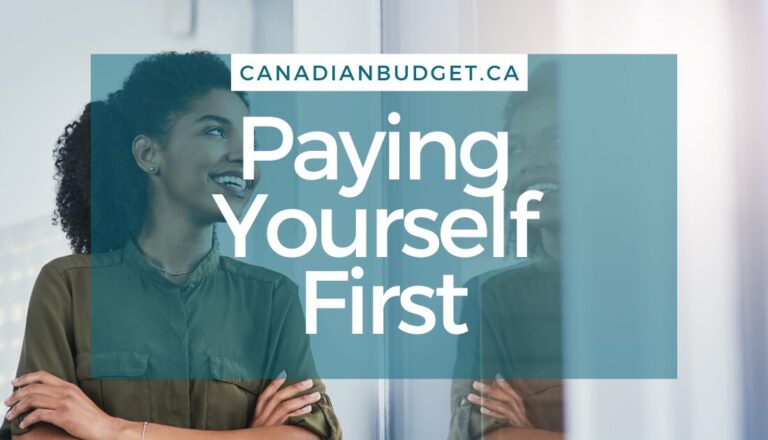
The Paying Yourself First Method
Taking control of your financial future starts with a simple yet powerful concept: paying yourself first. Shifting your money mindset...
Read More
How to Calculate Retirement Savings…
When is a good time to calculate retirement savings needs? When retirement may be decades away it’s hard to think...
Read MoreAbout The Author
Jessica Morgan
Jessica Morgan is the founder and CEO of Canadianbudget.ca. She is passionate about personal finance and helping Canadians improve their financial literacy by providing more Canadian focused financial content. A millennial mom of one, she has a burning obsession with all things personal finance.
Jessica has a BA in East Asian Studies from York University and a Masters in Business Administration from Toronto Metropolitan University. She is a career public sector employee with a Hybrid Pension, and an advocate for Canadian women to improve their personal finance knowledge.
Jessica Morgan
Jessica Morgan is the founder and CEO of Canadianbudget.ca. She is passionate about personal finance and helping Canadians improve their financial literacy by providing more Canadian focused financial content. A millennial mom of one, she has a burning obsession with all things personal finance.
Jessica has a BA in East Asian Studies from York University and a Masters in Business Administration from Toronto Metropolitan University. She is a career public sector employee with a Hybrid Pension, and an advocate for Canadian women to improve their personal finance knowledge.
